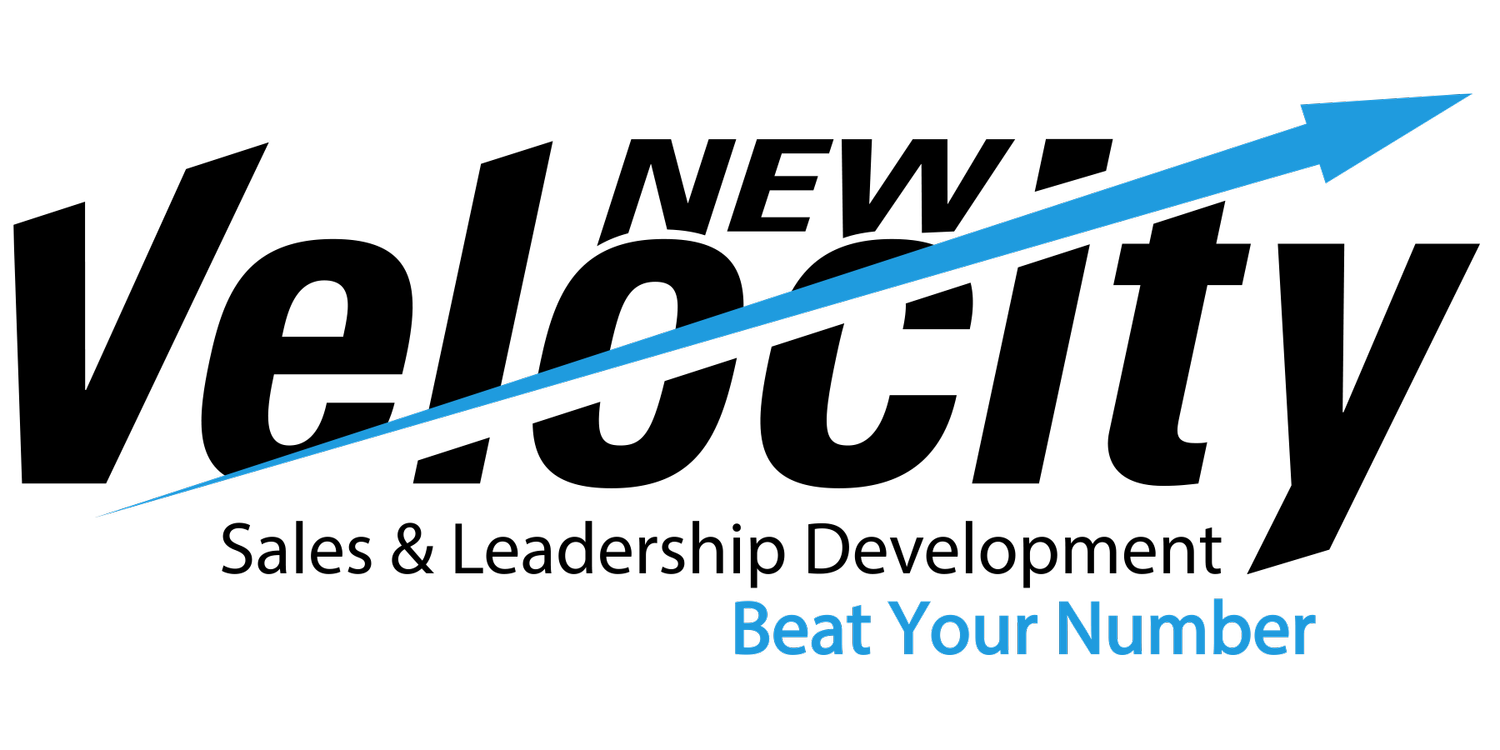Three Things to Consider When Developing a Clarity Statement
Whenever I ask someone what their clarity statement is, I often get two responses:
“A deer in the headlights” look, meaning they don’t understand the question.
Or, “What’s a clarity statement?”
What most don’t realize is that a clarity statement is the fundamental reason an organization exists. It is a short statement that allows someone who is from another industry to walk away with a clear understanding of what you do and the problems you solve.
It is therefore, important to be clear with your clarity statement by rewriting, tweaking, and improving it on an ongoing basis.
As you practice this, try to be sure that it does these three things:
1. Encourage the audience to ask you to tell them more
Most people make the mistake of turning their clarity statement into a long drawn out monologue. There is a lot that you do well, and there are many ways that you and the product or service you offer add value. Do not fall into the trap of thinking you need to say all of it in one big breath.
2. Less is more
Consider something as easy to repeat as, “I help X do Y, so that Z.” That alone may be a great clarity statement that prompts the audience to ask more. Add the right amount of detail if needed but less is more. Try to keep it short, but always answer their questions.
3. Know your audience
In some cases, you may need to get to know your audience. Depending on who is asking, you may or may not want to elaborate on your clarity statement. After you answer with “I help X do Y, so that Z,” play a game of hot potato, or get the ball back in their court by asking, “How about yourself, what type of business are you in?”
When to use your clarity statement
You’re going to want to start a back-and-forth dialogue with someone who fits your ideal client profile. However, if they’re just being polite at a networking event or sitting next to you on a flight home, do not bore them to death with details that are not relevant to them in any form or fashion.

